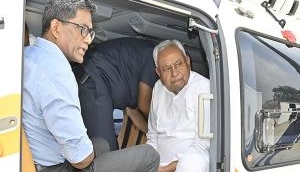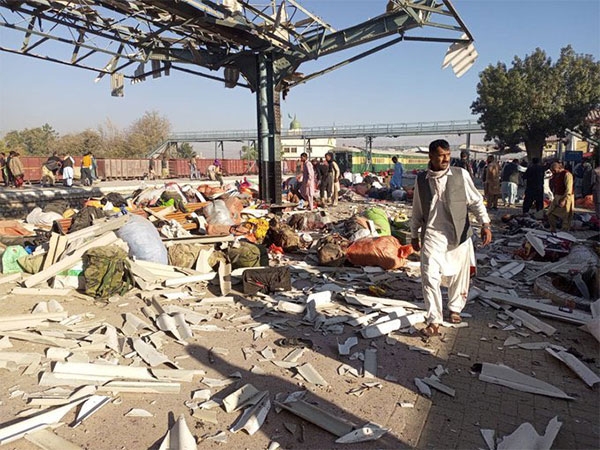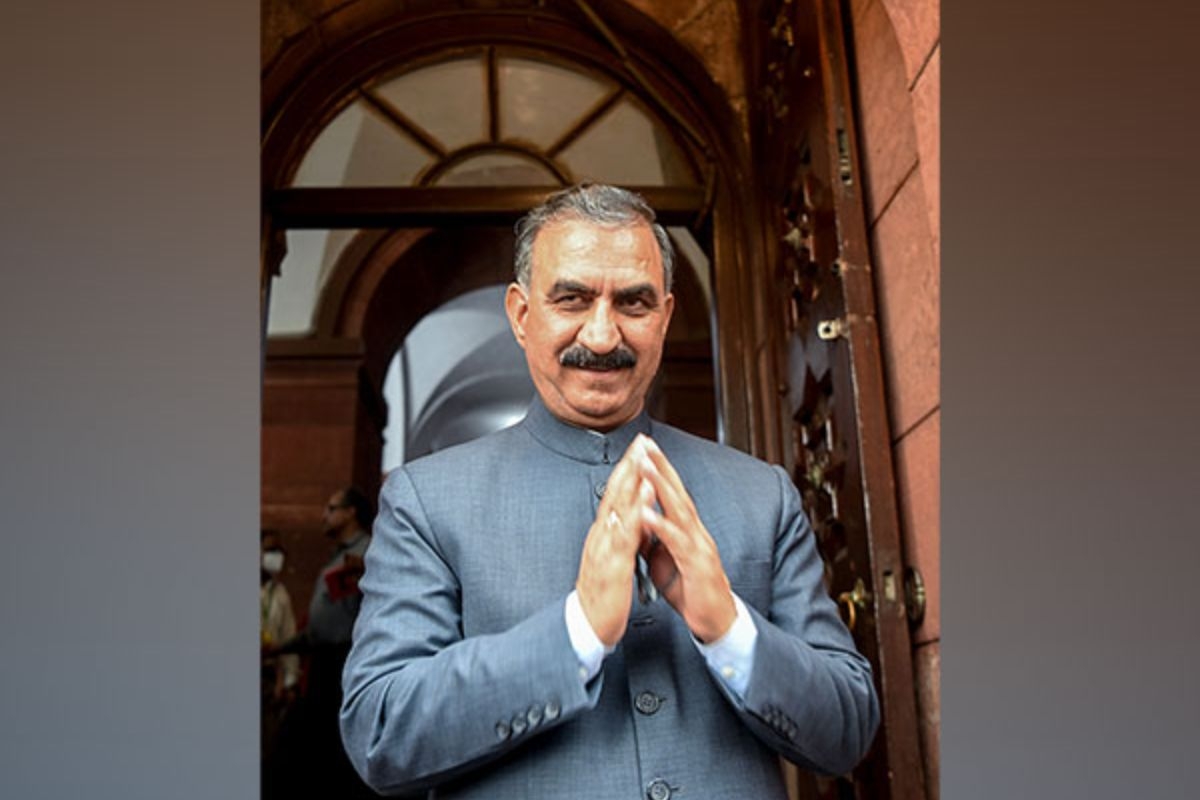Road map for Mr Modi: Here's how note ban can be made a success

Nearly three weeks after it was rolled out, demonetisation has brought many angry people to the streets even as long queues at banks and ATMs show no signs of disappearing.
It's essential, however, to separate rhetoric from economic arguments. It is also necessary to clear some misunderstood issues.
First, demonetisation refers to a reduction in the value of currency. So, for example, a new Rs 100 note can be exchanged for an old Rs 1,000 one. But this is normally done in cases of "hyper inflation" - inflation rates of 500% or above - where the old currency has lost all value. This was done in some Latin American countries in the 1970s and, more recently, in Russia after the break-up of the Soviet Union in the early 1990s.
Also Read: Farm to factories, brick kilns to cane crushers. Demonetisation pinches all
So, what the Narendra Modi government announced on 8 November is not demonetisation but " currency replacement". Let's call it CR. Now, let's sift through its economic logic:
CR reduces black money
Actually, it does. There's some confusion about the difference between black money and black income. Opponents of CR argue that the amount of black money held in hard currency is only about 6-10% of total stock of currency; the bulk of illegal wealth is held in assets like gold, land, real estate, foreign exchange, which aren't affected by this move.
It must be understood, however, that transactions for "black assets" are financed by movements of black currency. Economists talk of the "velocity of circulation" of money. This is easily understood. If someone gives you a one rupee note, your income increases by that amount, but that same rupee note generates multiple incomes as more transactions take place. In India, a single unit of currency can generate about six times its value in terms of income.
So, taking the black currency out of circulation reduces black incomes by reducing transactions in black assets. This is already visible in the 20-25% decline in prices in the secondary market for real estate, and will be followed soon by a decline in the prices of gold. The withdrawal of black currency, thus, removes the method of circulating black income.
Does this mean currency replacement should be welcomed? Not necessarily. From an economist's perspective, black income finances economic activity as any other income. For example, the reported 40% black component of a real estate transaction pays for labour, construction material etc. just like the other 60%. However, the former component escapes the banking channels and thus taxation.
The lowest estimate of black income in India is 20% of the GDP. If CR completely eradicate black income, 20% of our GDP will disappear. The impact on GDP growth has been commented on by former prime minister Manmohan Singh although the exact impact needs to be worked out more carefully. Still, one has to be prepared for a short-term fall in the GDP and, hence, in growth rates. Paradoxically, this negative impact of CR will be lesser the less successful it is in unearthing black money.
CR causes only short-term pain
This is incorrect. Alfred Marshall is reported to have remarked, "You can train a parrot to be an economist. Just teach it the words demand and supply." CR only impacts the supply - stock - of black money. The demand for black money remains, and it mostly comes from the government. For permanent impact, CR must immediately be followed by measures to reduce demand.
Also Read: Before Modi banned Rs 500, Rs 1000 notes BJP was busy investing in real estate
The best way to tackle this is by eliminating government discretion in granting licences and contracts. One important area for this reform is real estate and stamp duty. These are state subjects, however, and one isn't aware of any attempt to build a consensus among states on, say, time-bound grant of building licenses or reduction in stamp duties. If this takes another 4-5 years, then the black economy will be back in action and the current pain of adjustment won't be worth it.
CR ushers in a digital economy
This is a laudable objective. But it seems premised on the proliferation of mobile payment operators such as Paytm, Freecharge. What is forgotten is that these methods of payment work only with internet. The cost of internet access, however, is high not only in terms of wifi charges, but also in terms of the need for smart phones.
In 2015, according to a report by TRAI, the share of internet subscribers in the country was only about 24%; and as low as 12% in rural areas. Also, the average spend by a mobile phone user was only about Rs 120. Those talking about the success in " digitising" the economy forget that in India the mobile phone is used primarily as a method of communication and not for effecting transactions. So, if "digitisation" takes the next 4-5 years, it will be time for another CR!
CR increases money supply, reduces interest rates
This is only true as long as the Rs 8 lakh crore deposited so far remain in the banking system. But the higher CRR announced by the RBI recently will take the excess currency out of the system and, since this reduces the money held by the banks, could actually raise the interest rates.
To conclude, CR is like the curate's egg - good in parts. Unless measures to reduce the demand for black income are notified and implemented in the near future, all the supposed gains from CR will disappear. The GDP disruption, however, will remain and could come to haunt the Modi government.
We know now that only about 20% of the old money has been replaced with new currency. So, at least for most of us, the long queues will be a part of life for the next few months.
Also Read: Bundelkhand farmers on note ban: We survived the drought but Modiji broke our back
First published: 29 November 2016, 10:19 IST




![BJP's Kapil Mishra recreates Shankar Mahadevan’s ‘Breathless’ song to highlight Delhi pollution [WATCH] BJP's Kapil Mishra recreates Shankar Mahadevan’s ‘Breathless’ song to highlight Delhi pollution [WATCH]](https://images.catchnews.com/upload/2022/11/03/kapil-mishra_240884_300x172.png)

![Anupam Kher shares pictures of his toned body on 67th birthday [MUST SEE] Anupam Kher shares pictures of his toned body on 67th birthday [MUST SEE]](https://images.catchnews.com/upload/2022/03/07/Anupam_kher_231145_300x172.jpg)






